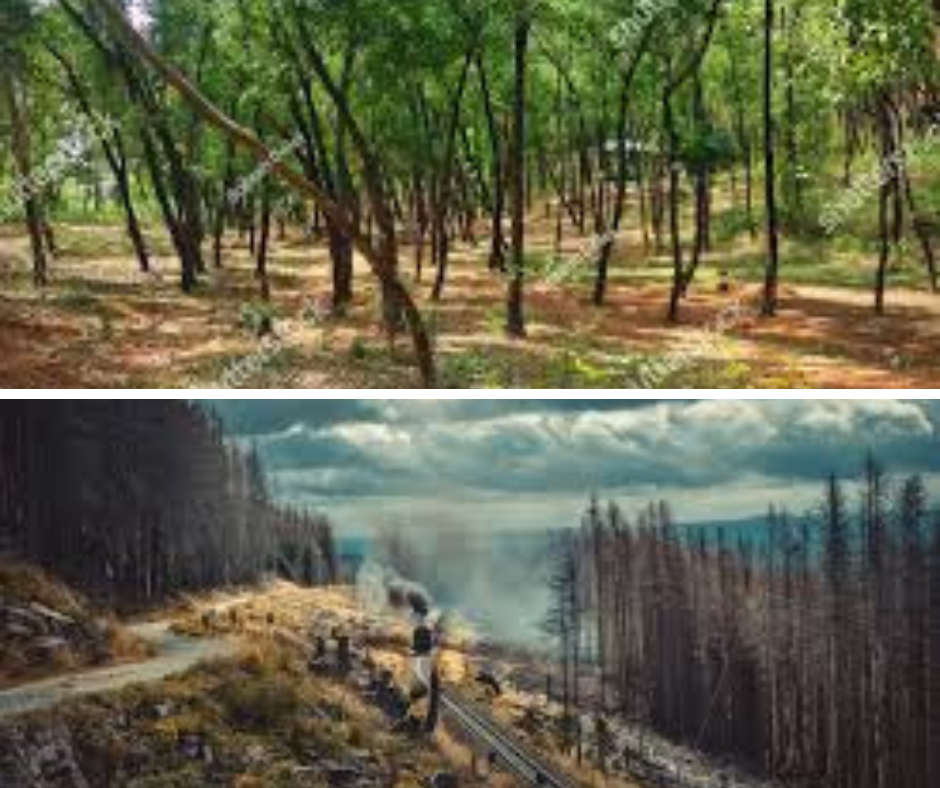For years, scientists believed that microplastic pollution was largely limited to oceans, rivers, and urban areas.

This alarming discovery raises questions about the extent of plastic pollution and its long-term impacts on biodiversity, climate balance, and human health.
❓Microplastics Questions s answer!
Q1. What new discovery have geologists made?
Answer 🌿. Geologists have, for the first time, proven that microplastics are accumulating in forest soils and fallen leaves.
Q2. What are microplastics?
Answer 🌿. Microplastics are tiny plastic particles smaller than 5 millimeters, often invisible to the naked eye.
Q3. Why is this discovery important?
Answer 🌿. Because earlier, microplastics were mostly associated with marine ecosystems, but now they have been found even in remote forest regions.
Q4. How do microplastics reach forests?
Answer 🌿. They spread through the air, rainfall, and human activities such as plastic waste dumping, packaging materials, and pollution.
Q5. What threats do microplastics pose to forests?
Answer 🌿. They can degrade soil quality, harm microorganisms, affect tree growth, and disrupt the forest food chain.
Q6. Where did scientists measure microplastics?
Answer 🌿. In forest soils, decomposed leaves, and nearby environmental samples.
Q7. Can microplastics reach tree roots?
Answer 🌿. Yes, evidence suggests that microplastics can penetrate through soil and reach plant roots, disturbing nutrient cycles.
Q8. Which parts of the ecosystem are most at risk?
Answer 🌿. Soil microbes, insects, and plants all of which are crucial for maintaining forest health.
Q9. How does this discovery affect humans?
Answer 🌿. Forests regulate climate and provide oxygen. If microplastics disrupt these ecosystems, it will eventually affect food chains, air quality, and human well-being.
Q10. What can be done to solve this problem?
Answer 🌿. Reducing single-use plastics, improving recycling systems, and adopting sustainable alternatives are the most effective solutions.
Conclusion:- Protecting forests from microplastic pollution is not just about conserving nature it is about securing the future of our planet and generations to come.